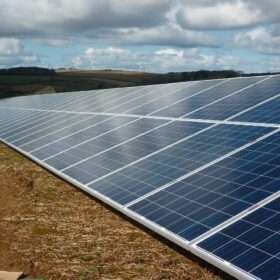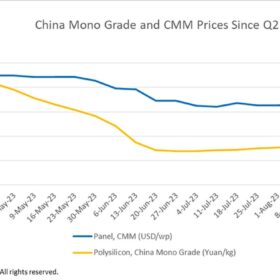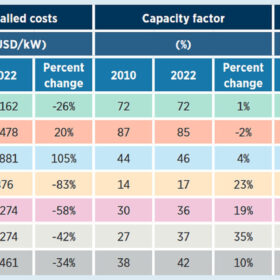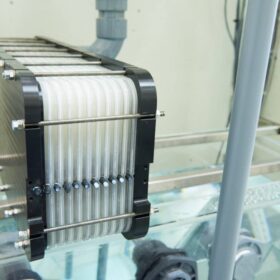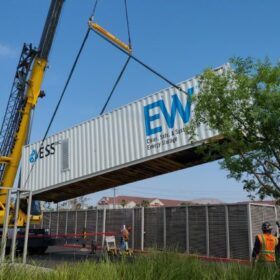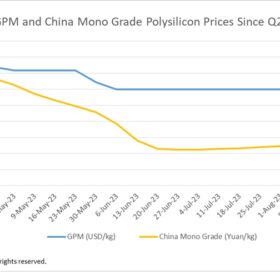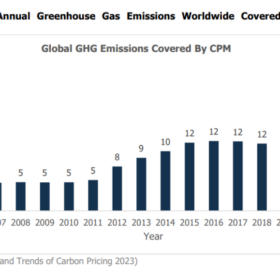ACWA Power to build 300 MW solar plant in Bangladesh
ACWA Power says it will build a 300 MW solar plant in Bangladesh to supply power to the Bangladesh Power Development Board (BPDB) at a rate of $0.1020/kWh.
China polysilicon prices rise for the eighth consecutive week
In a new weekly update for pv magazine, OPIS, a Dow Jones company, provides a quick look at the main price trends in the global PV industry.
Large-scale solar LCOE fell 3% to $0.049/kWh in 2022, says IRENA
The International Renewable Energy Agency (IRENA) says that PV, onshore wind, concentrated solar power (CSP), bioenergy, and geothermal energy experienced substantial reductions in their levelized cost of electricity (LCOE) in 2022.
Redesigned zinc-air batteries ‘better’ than lithium, say Australian researchers
Researchers at Edith Cowan University in Australia have redesigned zinc-air batteries and have found the technology to be preferable to lithium-ion batteries – even for electric vehicles.
Australian coal plant tests iron flow batteries
Energy Storage Industries is delivering 1 MW/10 MWh of flow battery storage to the Stanwell Power Station in the Australian state of Queensland. The flow batteries are part of a new government-run clean energy testing “hub,” featuring hydrogen and additional workforce training programs.
Global polysilicon prices drop, China polysilicon prices rise
In a new weekly update for pv magazine, OPIS, a Dow Jones company, provides a quick look at the main price trends in the global PV industry.
Multi-day energy storage increases grid capacity by factor of 10
Form Energy has released a white paper that provides further evidence that multi-day energy storage, like its iron-air technology, can substantially reduce the costs for New York to achieve its ambitious decarbonization targets.
India module prices fall in line with international prices
But domestically manufactured solar modules still cost 45-50% more than Chinese products because of import duty on cells and higher cost of domestic manufacturing.
Unveiling India’s carbon credit revolution: From local initiatives to global impact
The Indian carbon credit system, operating under the Clean Development Mechanism (CDM) and the United Nations Framework Convention on Climate Change (UNFCCC), stands ahead in several aspects.
Deployment trumps solar manufacturing in EU priorities
A lack of clear policy support, raw material dependency, and higher production costs are inhibiting the localization of European solar manufacturing, despite strong demand.
